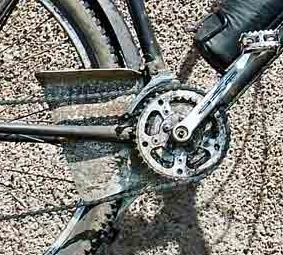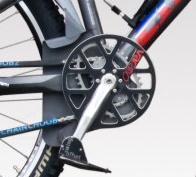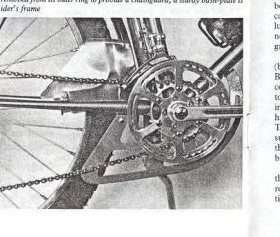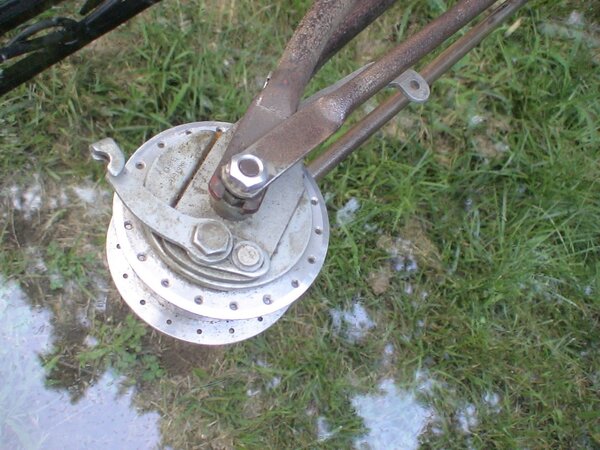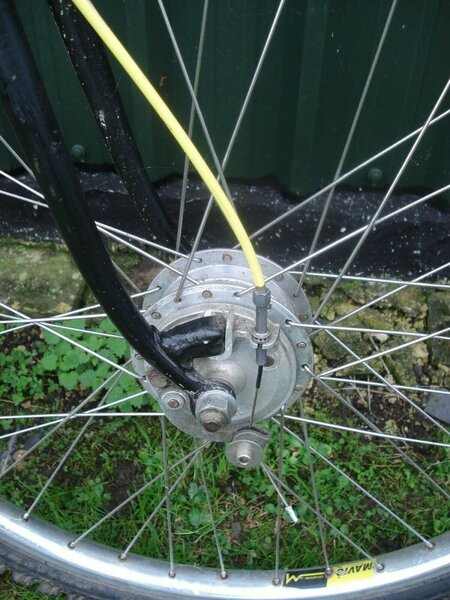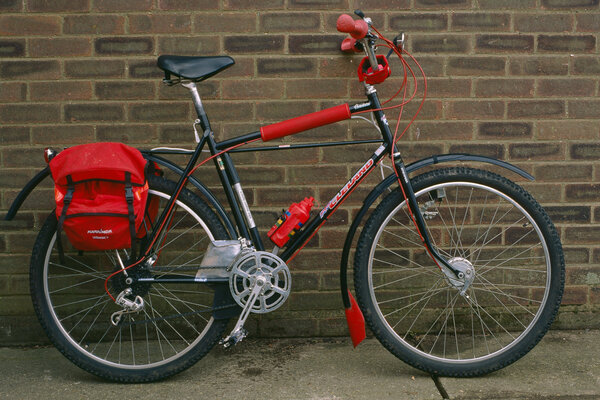Re: Re:
jimo746":22d1r65b said:
For any MTB/ATB and especially for a Cleland this bit makes me sad...
It has never been ridden off-road - at least not in it's current incarnation

Looking at the way that the front hub brake is attached to the fork blade makes me glad that this bike has not been ridden in its "current incarnation"
The hub brake is the correct 'Leleu' floating input cam type originally fitted to the Aventura, however it a type used on mopeds that is not fitted with a brake reaction arm. The correct brake-plate had a reaction arm that took the reaction forces to a braze-on fitted 130mm up the fork leg. Even then, under heavy braking, there have been instances where the fork rake on that side has straightened.
The brazed-on connection on this bike must be about 30mm from the wheel axle centre and so the reaction force that applies there will be about 4.3 X the magnitude of the 130mm connection point. Also the force applies as a point where the fork blade is thinner and so far less able to resist.
Under heavy braking, the braking reaction forces will create a large 'moment' at the point of least resistance on the fork leg, just above the braze-on. I would therefore expect the end of the fork leg to jack-knife dramatically down and backwards or maybe even shear off if the brake was applied hard at speed.
The easy solution would be to use an original brake-plate with its 130mm reaction arm. However, these are extremely difficult to get hold of and I don't have any spare ones. Alternatively, you could fit a rear hub 'Leleu' brake-plate by adding a linkage to make it fit a 130mm braze-on.
There are also other solutions that have been successfully used by Highpath Engineering.
I know the current owner and have made him aware of the problem. I am keen that this is sorted out before the bike is sold. Or at least that any buyer is fully aware of the issue.
